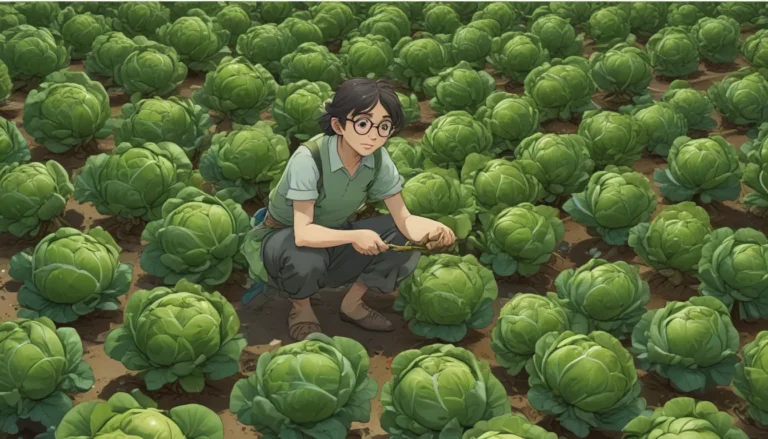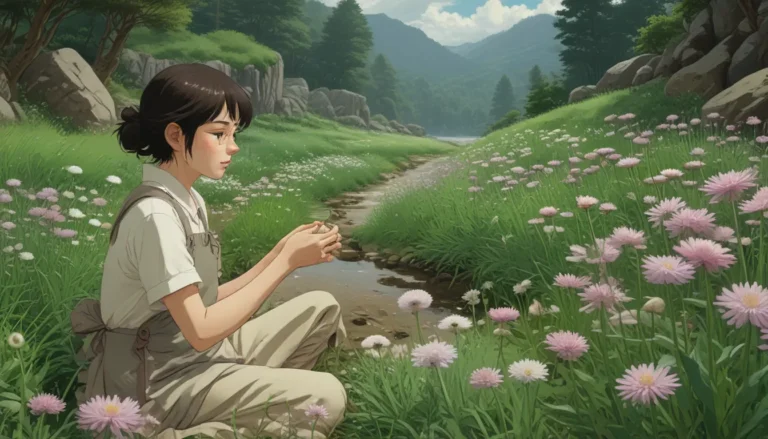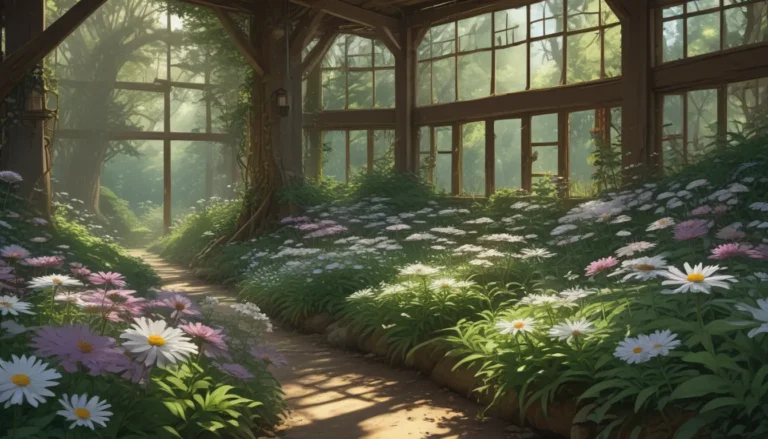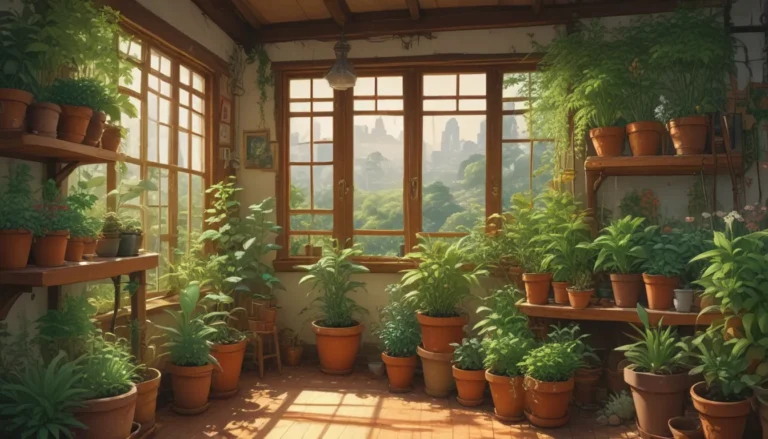The Ultimate Guide to Caring for Your Poinsettias
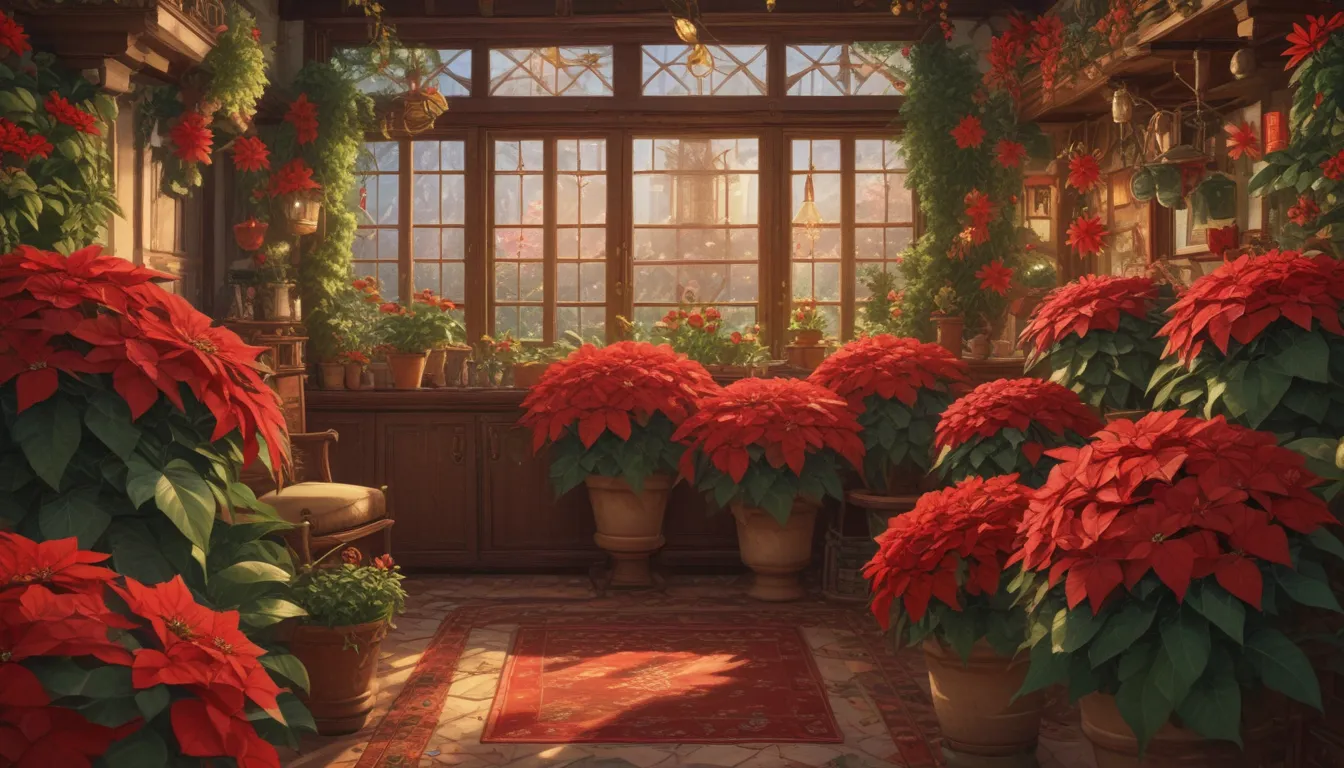
In the world of plants, poinsettias are like the stars of a botanical show. These vibrant beauties are known for their stunning red bracts and green foliage that add a festive touch to any holiday season.
Whether you’re a commercial grower aiming for perfection or a casual gardener looking to brighten up your home, shriveled, dry leaves are not what you want to see on your beloved poinsettias. These unsightly leaves can ruin the overall appearance of the plant and detract from its beauty.
So, to keep your poinsettias looking lush, vibrant, and healthy, it’s essential to understand the common causes of shriveled leaves and how to address these issues effectively. By the time you finish reading this guide, you’ll be armed with all the knowledge you need to care for your poinsettias like a pro.
Understanding the Causes of Shriveled Poinsettia Leaves
1. Environmental Extremes
Poinsettias are native to Guatemala and Mexico, thriving in USDA Zones 9 to 11. To keep your poinsettias happy and healthy, ensure they are not exposed to extreme temperatures or rapid temperature fluctuations. Stressful conditions such as high heat, cold snaps, or dry indoor environments can lead to shriveled foliage.
Solutions:
– Provide optimal growing conditions, including moderate temperatures and indirect sunlight.
– Protect plants from wind and harsh sunlight.
– Ensure adequate humidity levels by misting the foliage regularly.
2. Improper Irrigation
Finding the right balance when watering your poinsettias is crucial. Both underwatering and overwatering can lead to shriveled leaves, root rot, and other issues. Proper irrigation techniques are essential to maintaining healthy foliage.
Tips:
– Water your poinsettias when the top inch of soil feels dry to the touch.
– Use containers with drainage holes to prevent waterlogging.
– Avoid decorative foil or plastic coverings that can trap excess water.
3. Inadequate Growing Media
The soil in which your poinsettias are planted plays a significant role in their overall health. Poor-quality soil lacking in organic matter or with improper pH levels can lead to waterlogging, root suffocation, and nutrient deficiencies that result in shriveled leaves.
Solution:
– Use a well-draining soil mix with the appropriate pH level.
– Repot poinsettias when they become root-bound to prevent soil compaction.
4. Malnutrition
Nutrient deficiencies can manifest in various ways, including shriveled leaves, stunted growth, and discoloration. Ensure your poinsettias receive the necessary nutrients to maintain healthy foliage and vibrant coloration.
Recommendations:
– Fertilize your poinsettias regularly with a balanced houseplant fertilizer.
– Follow the recommended dosage to avoid fertilizer burn and other issues.
5. Pests and Disease
Poinsettias are susceptible to a range of pests and diseases that can impact their foliage health. Common issues include whiteflies, thrips, fungal infections, and root rots. Regular monitoring and preventive measures are key to maintaining a pest-free environment for your plants.
Preventative Steps:
– Inspect plants for pests and signs of disease regularly.
– Use clean, sanitized tools and containers to prevent the spread of pathogens.
– Avoid overwatering and provide good drainage to minimize disease risks.
Keeping Your Poinsettias Healthy and Happy
To ensure your poinsettias thrive and remain a vibrant addition to your indoor or outdoor space, follow these essential care tips:
- Provide optimal growing conditions, including moderate temperatures and indirect sunlight.
- Water your poinsettias appropriately, allowing the soil to dry out slightly between waterings.
- Use a well-draining soil mix with the correct pH level to prevent waterlogging.
- Fertilize your poinsettias regularly with a balanced houseplant fertilizer to maintain healthy growth.
- Monitor plants for pests and signs of disease, taking prompt action to address any issues.
By following these guidelines and staying vigilant in caring for your poinsettias, you can enjoy lush, vibrant foliage that adds a touch of festive cheer to your home or garden.
Now, armed with this knowledge, you’re ready to keep your poinsettias looking their best throughout the holiday season and beyond. Embrace the joy of caring for these beautiful plants and watch them thrive under your expert care.
